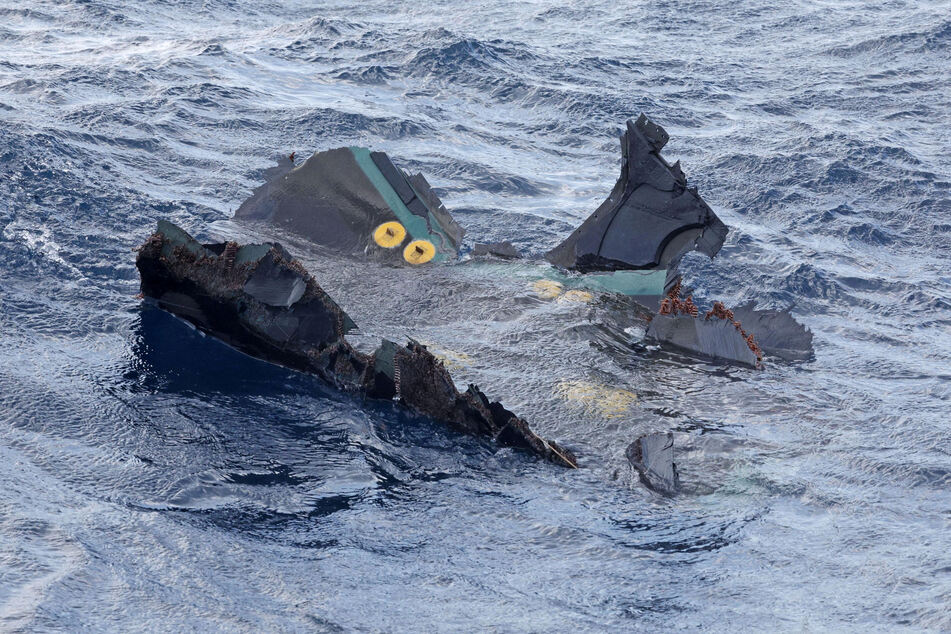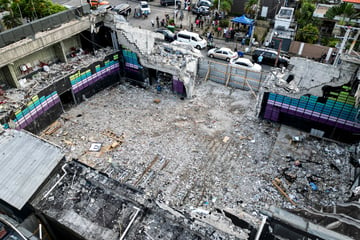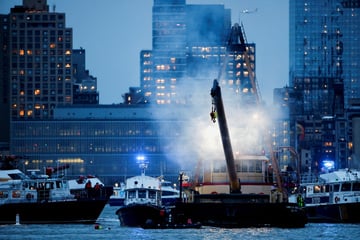US military grounds fleet of Osprey after crash off Japan
Washington DC - The US military announced Wednesday it was grounding its fleet of V-22 Osprey tilt-rotor aircraft following a deadly crash last week off the coast of Japan.

The Air Force Special Operations Command said in a statement the move was to "mitigate risk while the investigation continues" on the November 29 crash which killed eight US airmen.
The Naval Air Systems Command said later Wednesday it was following suit.
The hybrid V-22 Osprey aircraft, which can take off and land vertically like a helicopter and rotate its propellers forward to fly like an airplane, has been involved in three fatal accidents in just over a year.
The air force is probing what caused the fatal accident off southwest Japan.
"Preliminary investigation information indicates a potential materiel failure caused the mishap, but the underlying cause of the failure is unknown at this time," it added.
Grounding the Ospreys "will provide time and space for a thorough investigation to determine causal factors and recommendations to ensure the Air Force CV-22 fleet returns to flight operations," it added.
Osprey aircraft sees string of deadly crashes

Following the accident, Japan suspended flights of its own Ospreys and asked the US military to do the same on Japanese territory, as a precautionary measure.
"Our entire nation mourns this tragic loss," President Joe Biden said of the accident this week.
Several recent accidents, in addition to the one off Yakushima Island, have again brought to the fore the checkered safety history of the tilt-rotor aircraft, a joint project between aircraft manufacturer Boeing and helicopter specialist Bell.
At the end of August, three US Marines were killed in an Osprey accident on Melville Island in northern Australia. At the time, the cause was unclear.
Four US Marines were killed in Norway last year when their MV-22B Osprey aircraft went down during NATO training exercises.
Three Marines were killed in 2017 when an Osprey crashed after clipping the back of a transport ship while trying to land at sea off Australia's north coast.
In 2016, an MV-22 Osprey crash-landed off Okinawa, prompting the US Marines to temporarily ground the aircraft in Japan after the accident sparked anger among locals.
And 19 Marines died in 2000 when their Osprey crashed during drills in Arizona.
The spotty safety history leaves some passengers jittery.
In early November, an Osprey carrying members of the press corps who were traveling in a separate aircraft from Biden had to switch planes in Minneapolis when passengers heard a bang and smelled smoke.
The V-22 Osprey entered military service in 2007 after decades of development, and Bell Flight's website says more than 400 of the aircraft are in use by the Marine Corps, Air Force and Navy.
Cover photo: REUTERS

